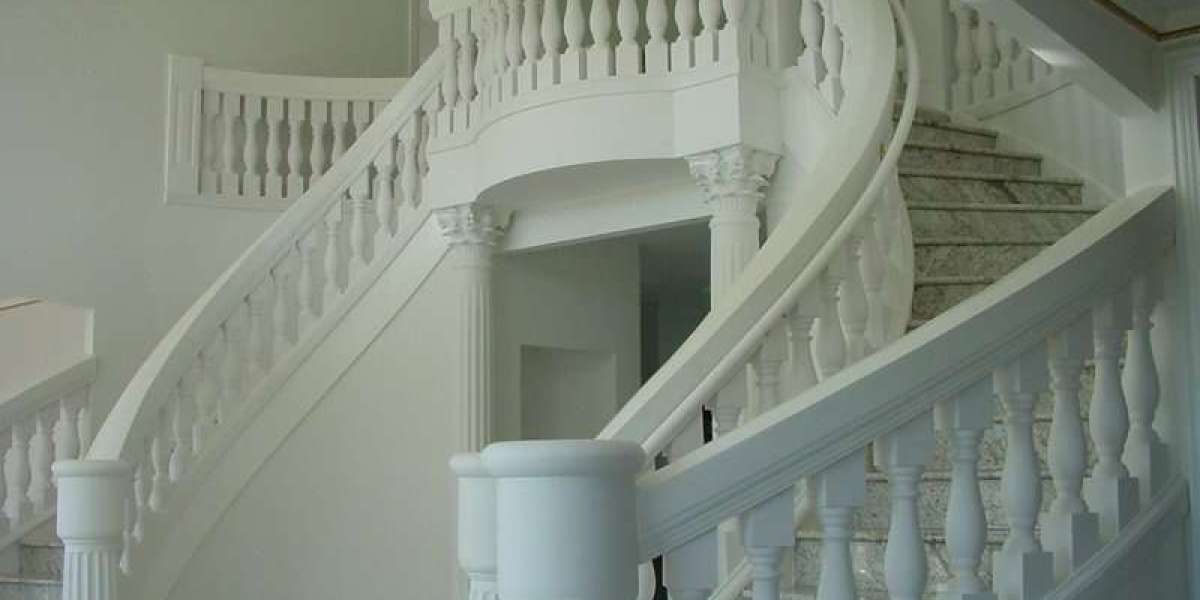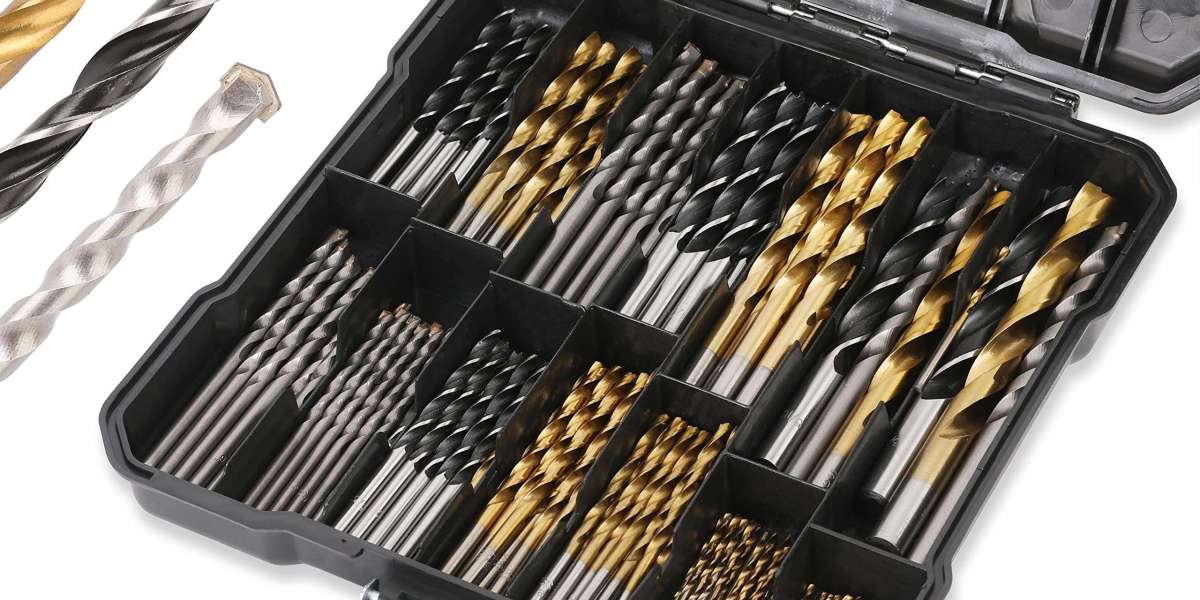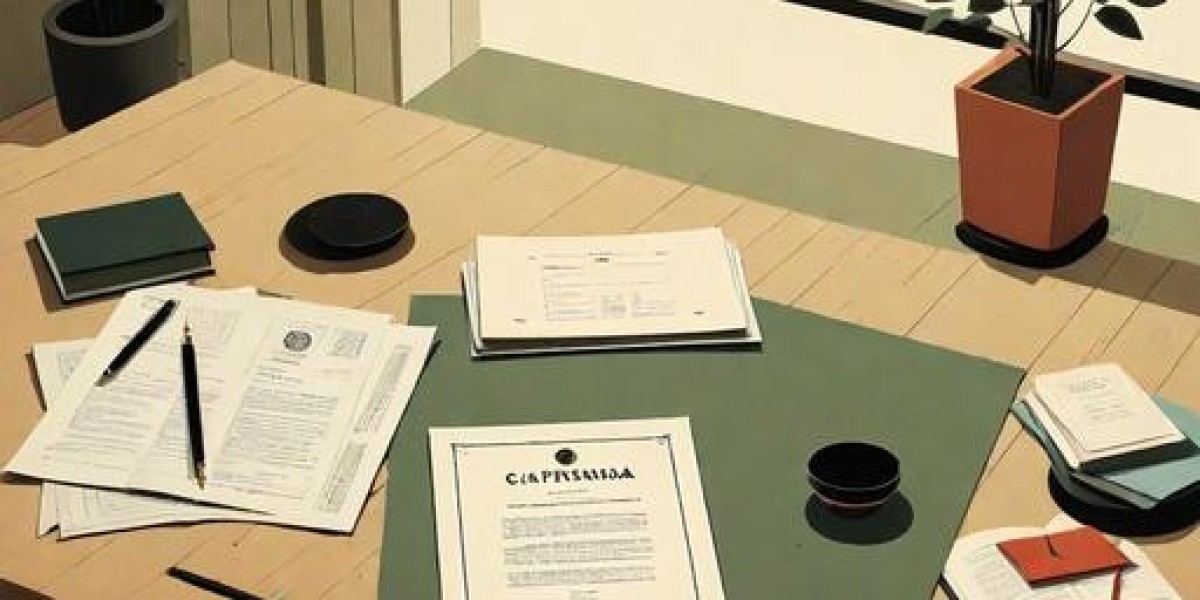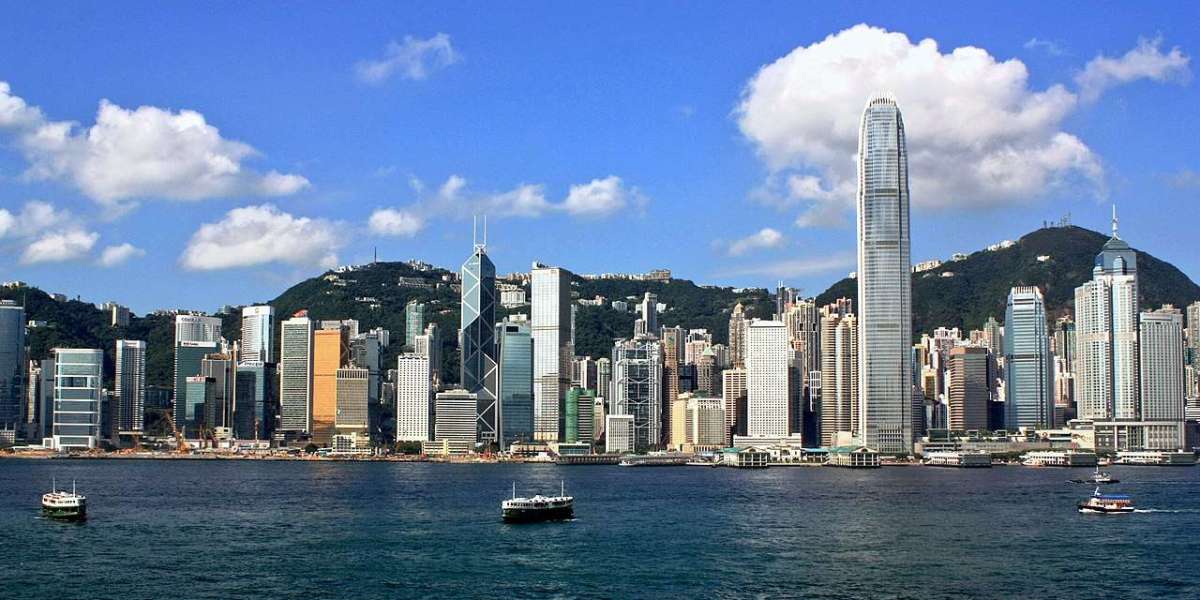In contemporary architecture, balustrades have evolved from purely functional elements into significant design components that define the character of spaces. Their use is widespread across various structures, including homes, offices, and public buildings, where they provide safety and elevate the visual appeal.
Evolution of Balustrades in Modern Design
Traditionally, balustrades were limited to basic wooden or stone designs, serving mainly as protective railings. However, recent advancements in materials and construction techniques have expanded their role significantly. Now, they are integral to creating open, airy spaces that blend indoor and outdoor environments seamlessly.
One of the key trends is the use of transparent materials like tempered glass for balustrades. This design choice removes visual barriers, allowing panoramic views without compromising safety. Such balustrades are especially popular in high-rise apartments, rooftop decks, and terraces, where the uninterrupted view is a valuable feature.
Functional Benefits Beyond Safety
While safety remains the foremost reason for installing balustrades, their benefits extend further. They define spatial boundaries without closing off areas, contributing to better flow and connectivity within architectural layouts. This is particularly important in open-plan designs, where subtle separations are needed without sacrificing openness.
Additionally, balustrades help in noise control and wind protection, especially in outdoor settings such as balconies and patios. Glass or acrylic panels, for instance, act as effective windbreakers, making outdoor spaces more comfortable and usable year-round.
From a maintenance perspective, materials like stainless steel and composite balustrades offer high durability and low upkeep, making them practical for busy urban environments.
Customization and Versatility
The customizable nature of balustrades allows architects and homeowners to experiment with shapes, colors, and textures. Modular systems enable easy installation and replacement, adapting well to changing design needs or renovations.
Balustrades can be crafted to match the style of the building—whether it’s the clean lines of a modern minimalist home or the elaborate detail of a classical mansion. Metal balustrades, for example, can be powder-coated in various colors, while wooden ones can be stained or painted to achieve the desired effect.
In commercial settings, branding and corporate identity can be incorporated into balustrade design through logos or signature colors, adding a professional touch to office interiors or retail spaces.
Environmental Considerations
Sustainability has become a growing concern in construction, and balustrades are no exception. Eco-friendly materials like recycled metals, sustainably sourced wood, and low-impact glass options are gaining traction.
Choosing long-lasting, recyclable materials reduces the environmental footprint of buildings. Moreover, the energy efficiency of spaces can be improved by using balustrades that maximize natural light and reduce the need for artificial lighting during the day.
Conclusion
In modern balustrades combine functionality, aesthetics, and sustainability, making them indispensable in today’s architectural landscape. Their ability to enhance safety while maintaining open, elegant spaces contributes to their growing popularity across various building types. With endless customization options and eco-conscious materials, balustrades are more than just railings—they are design statements that reflect contemporary values and lifestyle needs.








